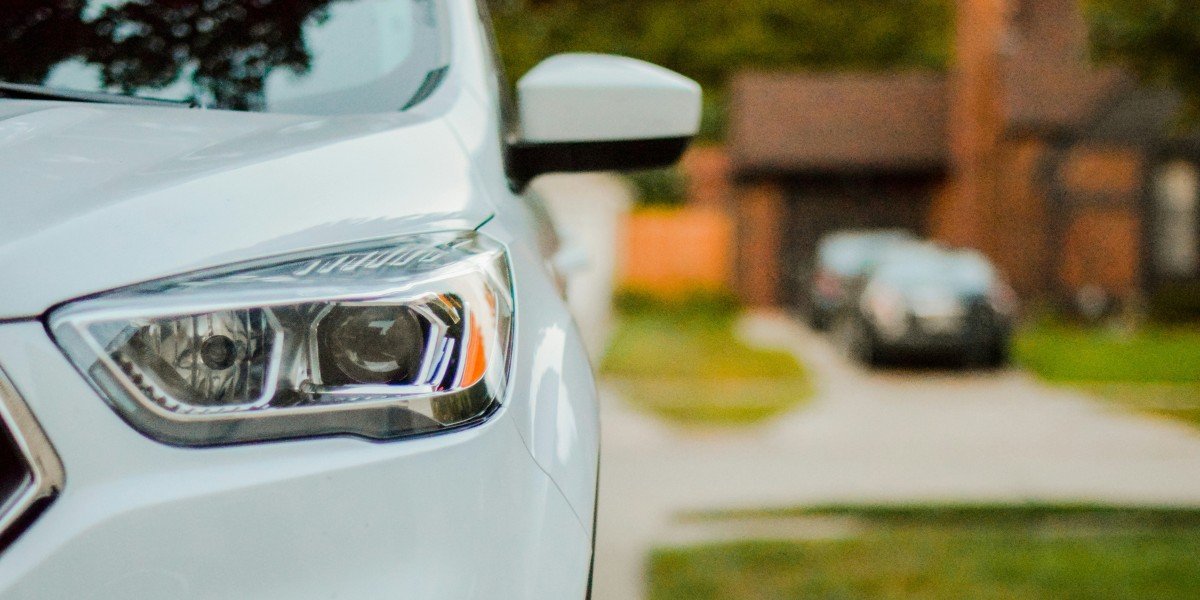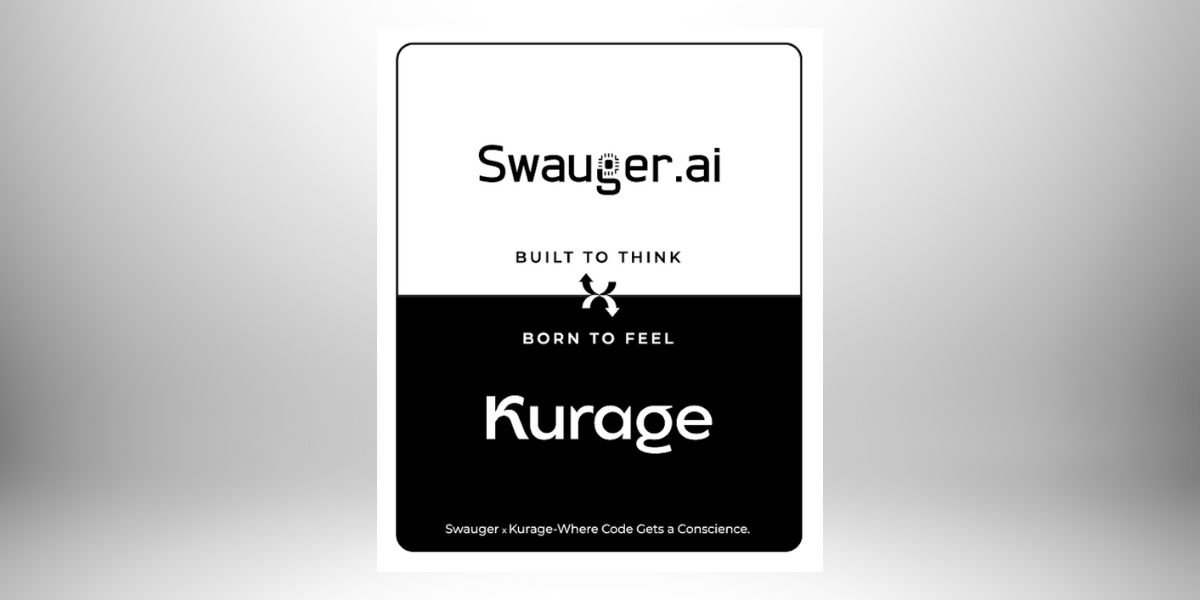A trip to San Francisco’s Pier 39 isn’t complete without witnessing the spectacle of the sea lions. Hundreds of these barking, jostling marine mammals have famously taken over the docks, transforming a tourist spot into a unique wildlife viewing experience. But how did this boisterous colony come to be, and what explains their unusual behavior?
A Curious Takeover
Surprisingly, sea lions weren’t always a fixture at Pier 39. They began appearing in significant numbers in January of 1990, shortly after the 1989 Loma Prieta earthquake. Scientists offer a few possible explanations for this sudden relocation:
- Earthquake Impact: The earthquake may have disrupted the sea lions’ usual feeding grounds or habitats, leading them to seek out new territory.
- Abundant Food Supply: The bay waters around Pier 39 are rich in fish, offering the sea lions a plentiful food source.
- Protected Haven: The floating docks at Pier 39 provided a safe space to rest and socialize, relatively undisturbed by predators.
California Sea Lion Science
The sea lions that have colonized Pier 39 are California sea lions, a species found along the West Coast of North America. Here’s what makes them tick:
- Social Creatures: Sea lions are highly social, congregating in large colonies called rookeries, especially during breeding and pupping seasons.
- Vocalizations: Their characteristic barks, growls, and bellows serve various purposes, from defending territory to communicating with pups.
- Migratory Patterns: While the Pier 39 colony fluctuates in size, many sea lions migrate south to breed in the Channel Islands during the summer, returning each winter.
Living on a Pier: Benefits and Challenges
Pier 39 offers the sea lions some unique advantages:
- Easy Access to Food: The pier’s location near plentiful fishing grounds ensures a steady food supply without requiring them to travel long distances.
- Safety from Predators: Sharks and other predators are less likely to venture into the shallower waters of the bay.
- Tourist Attraction: Ironically, the presence of crowds may further deter predators.
However, urban living also poses challenges:
- Exposure to Pollutants: The bay’s water quality can be affected by pollution and marine debris.
- Human Disturbance: Noise and activity from tourists can be stressful, although the sea lions have seemingly become accustomed to the commotion.
- Entanglements: Sadly, some sea lions get injured due to entanglement in fishing gear or plastic waste.
Marine Mammal Conservation
The sea lions of Pier 39 are protected under the Marine Mammal Protection Act. Organizations like The Marine Mammal Center in Sausalito play a vital role in rescuing and rehabilitating sick or injured sea lions found along the California coast.
The sea lions are undoubtedly an entertaining sight, but remember they are wild animals:
- Maintain Distance: Observe them from a respectful distance. Never approach, touch, or feed the sea lions.
- Minimize Noise: Loud noises can cause stress. Enjoy watching their natural behaviors unfold.
- Be a Steward: Reduce plastic waste and support conservation organizations like The Marine Mammal Center to protect their fragile marine environment.
The sea lions of Pier 39 offer a fascinating glimpse into marine mammal behavior and the intersection of urban and wild environments. By understanding their presence, we can appreciate their playful antics while advocating for the health of their species and the ocean they call home.











